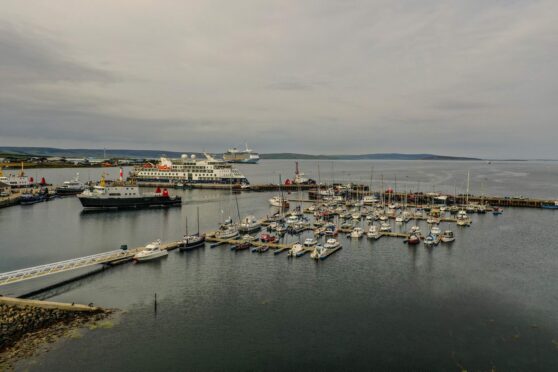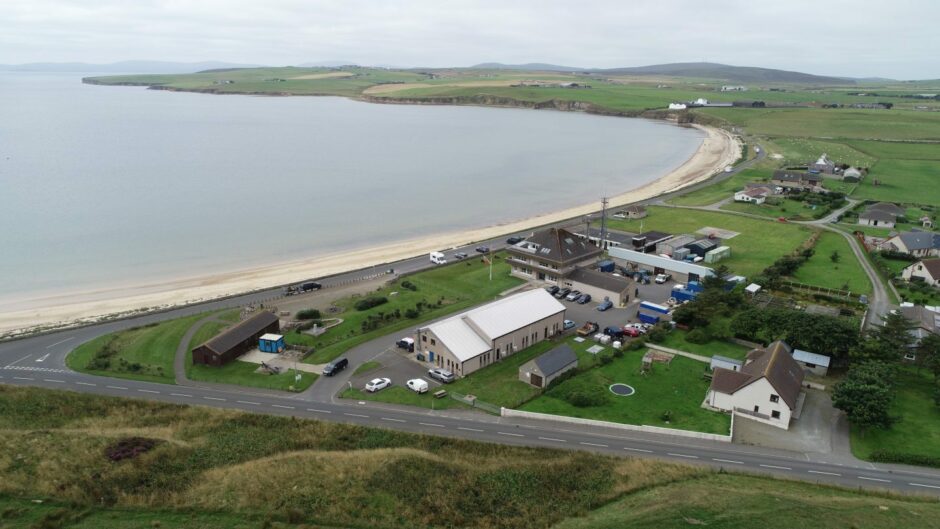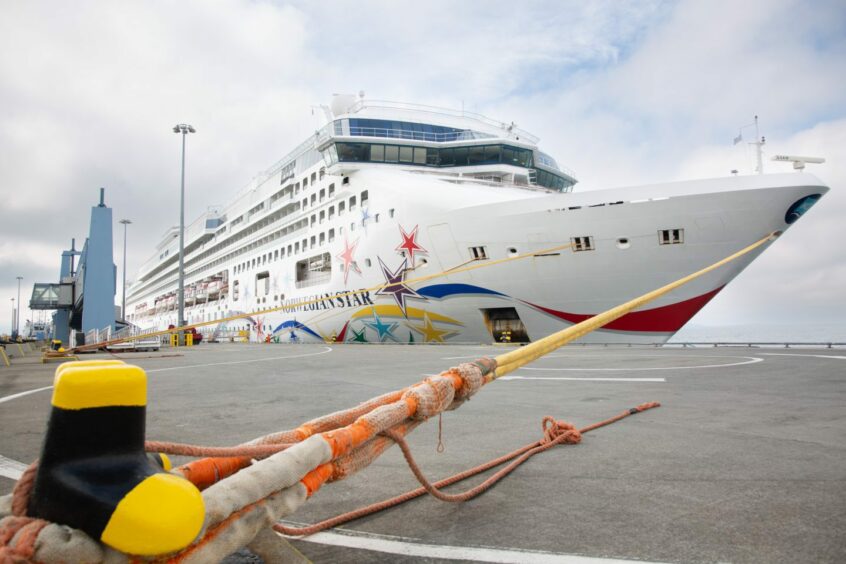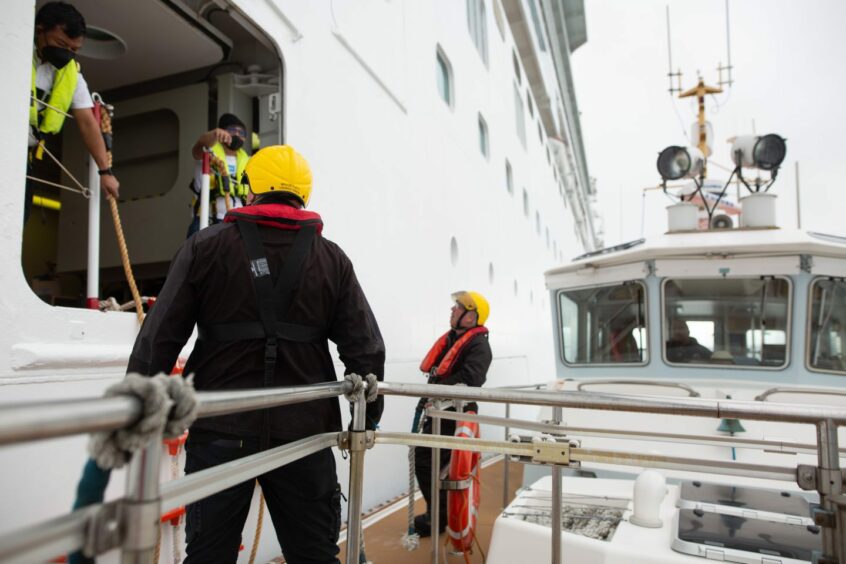Orkney Harbours has a fortunate position in the marine sector. Its outstanding natural resources and ideal location make it a hub for everything from cruise ships to ferries, oil and gas to renewables. That’s not to mention the years of experience which have made it a centre of innovation and expertise.
-
Some Press and Journal online content is funded by outside parties. The revenue from this helps to sustain our independent news gathering. You will always know if you are reading paid-for material as it will be clearly labelled as “Partnership” on the site and on social media channels.
This can take two different forms.
“Presented by”
This means the content has been paid for and produced by the named advertiser.
“In partnership with”
This means the content has been paid for and approved by the named advertiser but written and edited by our own commercial content team.
With 29 piers and harbours in total, there is much work underway on maintaining existing stock while powering ahead into a more sustainable future.
Now all that work has been pulled together under one banner – Orkney Future Ports – one of the most significant marine energy infrastructure programmes ever undertaken in the UK.
Orkney Future Ports aims to make the islands a leader in the energy transition, supporting the offshore wind industry in both the North Sea and the Atlantic Ocean.
So what are the major projects in this ambitious scheme?
Scapa Deep Water Quay
Undoubtedly the largest and most ambitious initiative is Scapa Deep Water Quay. Using the resource of Scapa Flow, the largest natural harbour in the northern hemisphere, this £230 million project will create a 600m quay with a water depth of at least 15m and a minimum 25-tonne ground-bearing capacity.
Once finished it will be a major site for offshore wind infrastructure. Its deep waters and wide expanse – enough to fit 26 Heathrow Airports – make it ideal for wet storage of turbines.
Planning decisions on it are due early in the new year.
Paul Olvhoj, business development manager at Orkney Harbours, said: “Scapa Deep Water Quay is very much moving forward. We’ve made applications for government funding. We’ve also looked at investment models over construction and ownership. So we’re moving quickly forward on a lot of things.”
Orkney Logistics Base
Another major project for Orkney Future Ports is the expansion of Hatston Pier to create Orkney Logistics Base. Hatston, which is primarily used to host cruise ships, will be extended by 300m to provide 685m of quay. There will be 7.5 hectares of adjacent new hardstanding laydown area, a 10m water depth and the facility for future ‘Roll-on, Roll-off’ lifeline ferry services. There will also be a boat lift facility, community amenities and commercial opportunities.
The project, which is also due to receive planning permission in the early new year, will provide berthing for a range of industries such as offshore wind, oil and gas, freight and aquaculture.
The sustainable revolution
At the forefront of both these projects is sustainability and net zero targets. But they are not the only initiatives which prove Orkney Harbours can be a leader in that sector.
A new scheme aims to show how green energy vessels can operate around Orkney. It will see two electric ferries servicing the area for a three-year trial period. Under the drive, which has been handed £15m from the Zero Emission Vessel and Infrastructure fund (ZEVI), one ferry will service the inner North isles. The second one will operate around Eday, Stronsay, Sanday and Westray.
Orkney Harbours are also looking at how they can revamp infrastructure to increase onshore power supply for future vessels.
Paul adds: “We’re very excited to look at what’s next. We’re looking at electric ferries and the infrastructure that’s needed, and we’re looking at how they’ll work on our routes as the first step towards emission-free shipping up here.
“We’re looking at shore power feasibility, particularly for cruise ships. That will be an immediate step change for cruise when they have to plug them in. We’re looking at all of those things now under Orkney Future Ports so we can move forward and hit the government’s targets for net zero.”
It all points to a bright and sustainable future at Orkney Harbours.
Learn more about Orkney Harbours, its services and its plans.



